Repetitive stress injuries (RSIs) often arise from tiny, repeated movements that overwork tendons and muscles, leading to inflammation and pain. Whether it’s typing at a keyboard, swinging a hammer, or performing assembly-line tasks, these constant motions can gradually wear down your tissues. At The PT Zone, our therapies focus on easing tension in overused muscles, improving tendon mobility, and alleviating the buildup of excess inflammation.
- Release tight muscles that pull on the tendon excessively
- Minimize inflammation to reduce pain and promote healing
- Strengthen affected areas with an emphasis on controlled lowering
- Incorporate modalities like dry needling, kinesiotaping, and icing for pain relief

Let us help you move freely and
comfortably again
Repetitive stress injuries often sneak up on you, starting as a mild ache and developing into more serious pain or tendon issues over time. The constant microtrauma from repetitive motions—like using a mouse, playing a musical instrument, or lifting boxes on a job—can eventually overwhelm your body’s ability to heal. At The PT Zone, we focus on therapeutic exercises that build strength while minimizing further stress on your tendons and joints.
Our approach includes mobilizing and stretching tight muscles, using eccentric (or lowering-biased) strength exercises that encourage tendon repair without overload. We also employ interventions like dry needling, kinesiotaping, or icing as needed to reduce pain and inflammation. By assessing your specific repetitive tasks—whether it’s keyboard work, tool handling, or sports—we tailor a plan to help you recover effectively and prevent future flare-ups.
As you progress, we’ll refine your program, gradually introducing more challenging movements and teaching proper biomechanics. Ultimately, our goal is to help you move without pain and perform your daily or occupational tasks safely.
Our Therapies for Repetitive Stress Injury Recovery:
You shouldn’t have to endure constant pain just to get through your work or hobbies. Let us help you find relief.
-
Balance Training
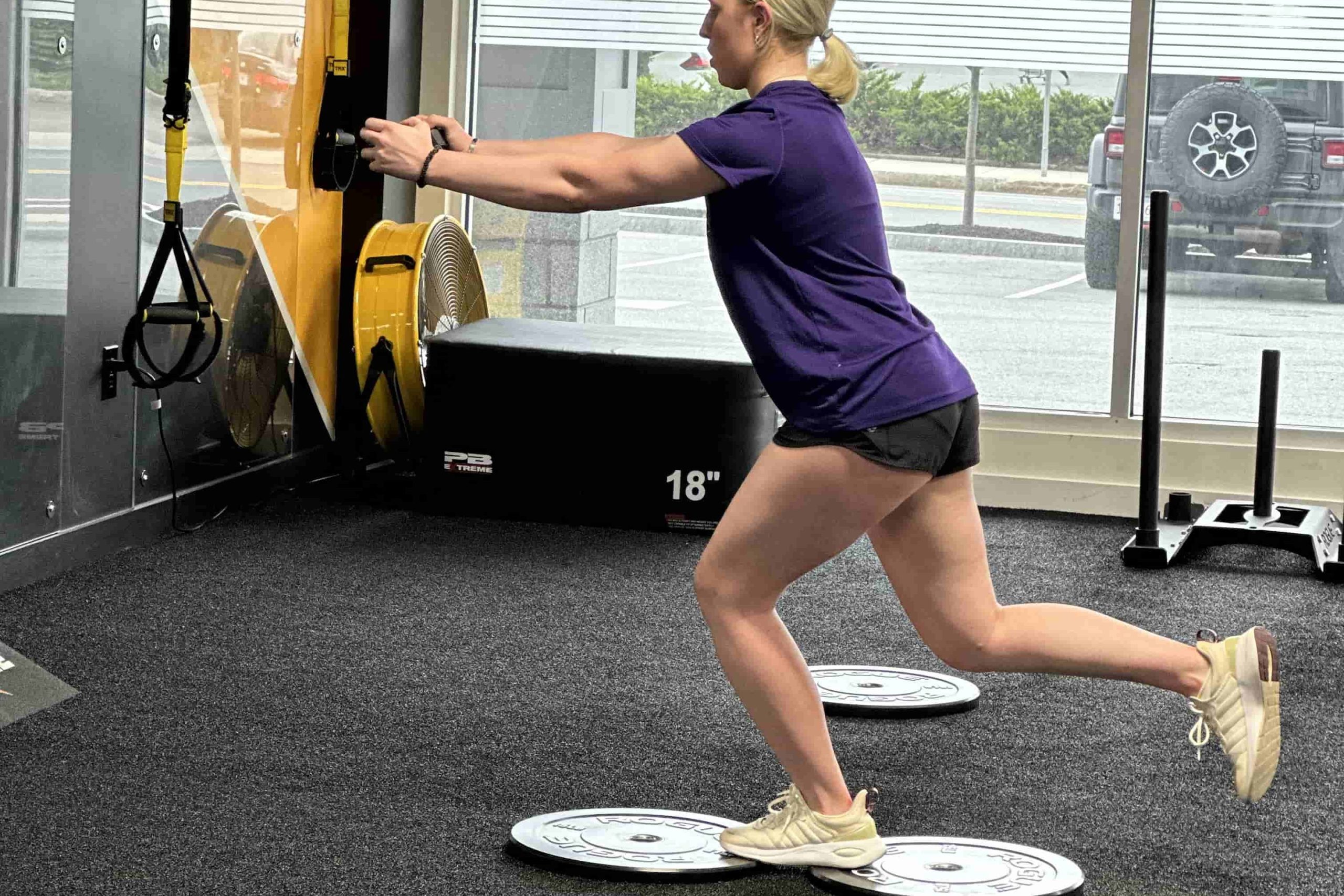
Balance Training is a specialized approach that strengthens stabilizing muscles, enhances coordination, and reduces fall risks, ultimately improving posture and promoting confident movement.
-
Certified Manual Therapy
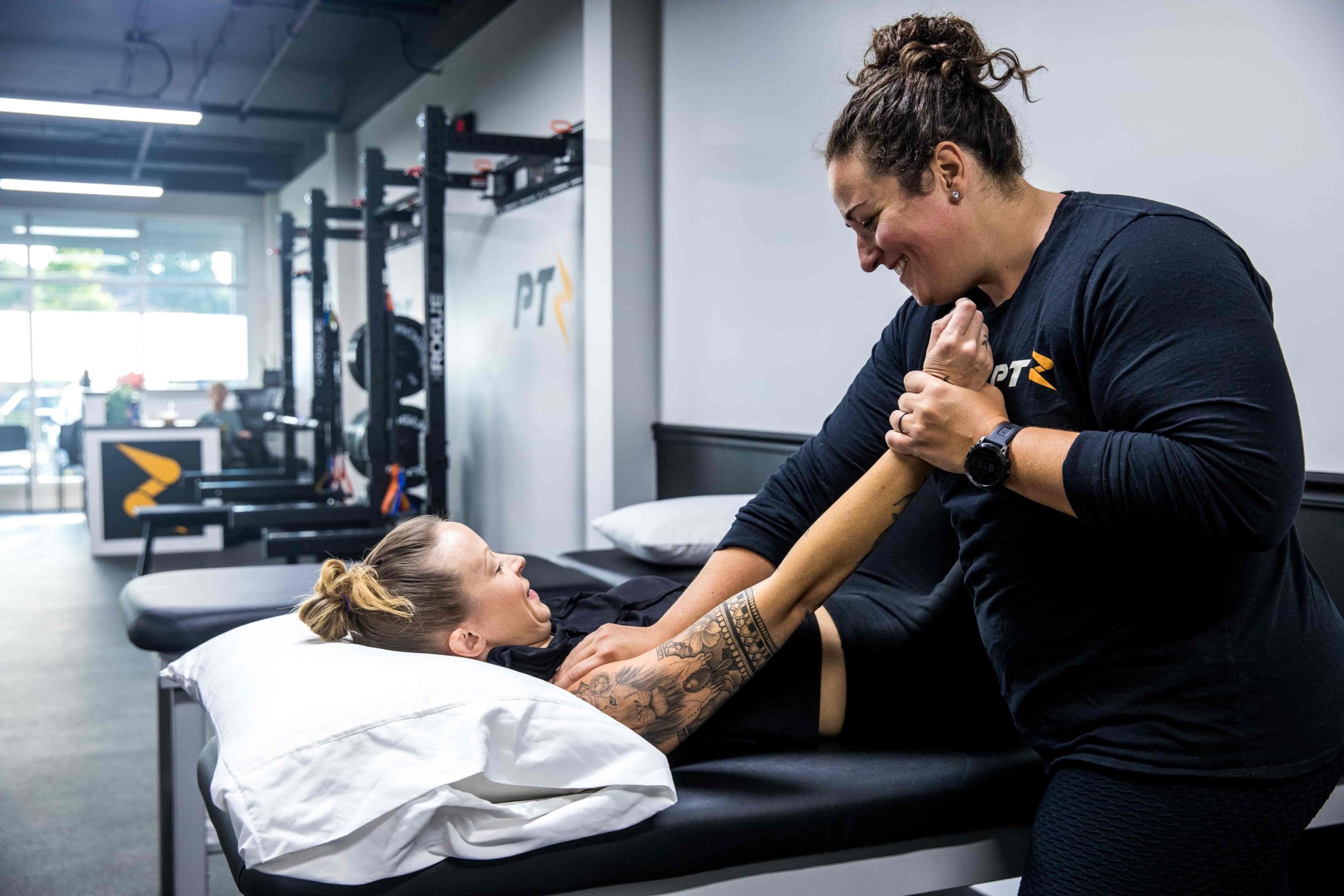
Certified Manual Therapy is a hands-on approach that addresses joint, muscle, and connective tissue dysfunction, reducing pain, improving alignment, and promoting faster, more efficient recovery.
-
Cupping

Cupping therapy is an ancient healing technique that uses suction to enhance circulation, relieve muscle tension, and promote the body’s natural recovery process.
-
Dry Needling
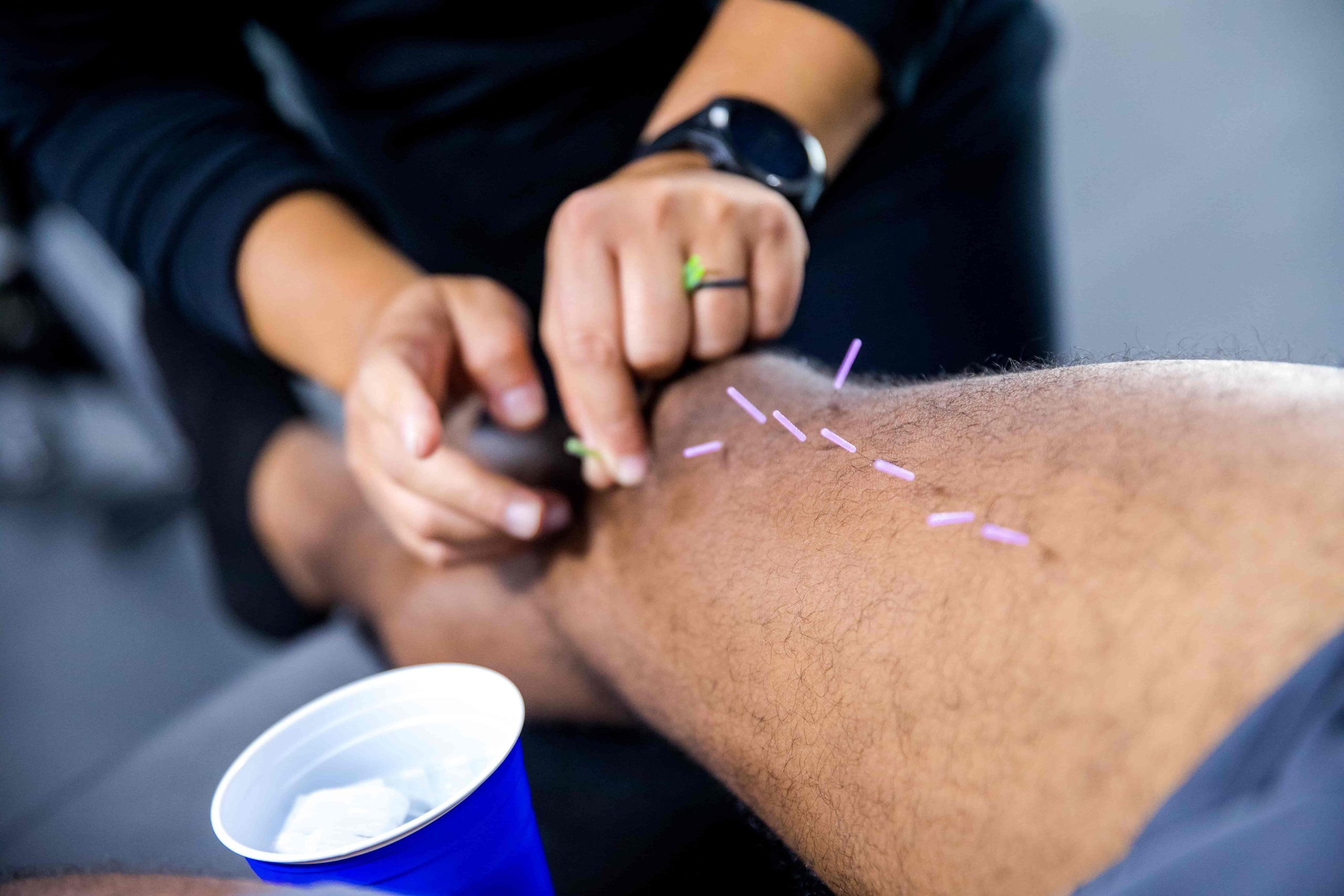
Dry needling is a modern therapy that targets muscle trigger points with thin needles to relieve pain, reduce tension, and restore mobility.
-
Gait Training
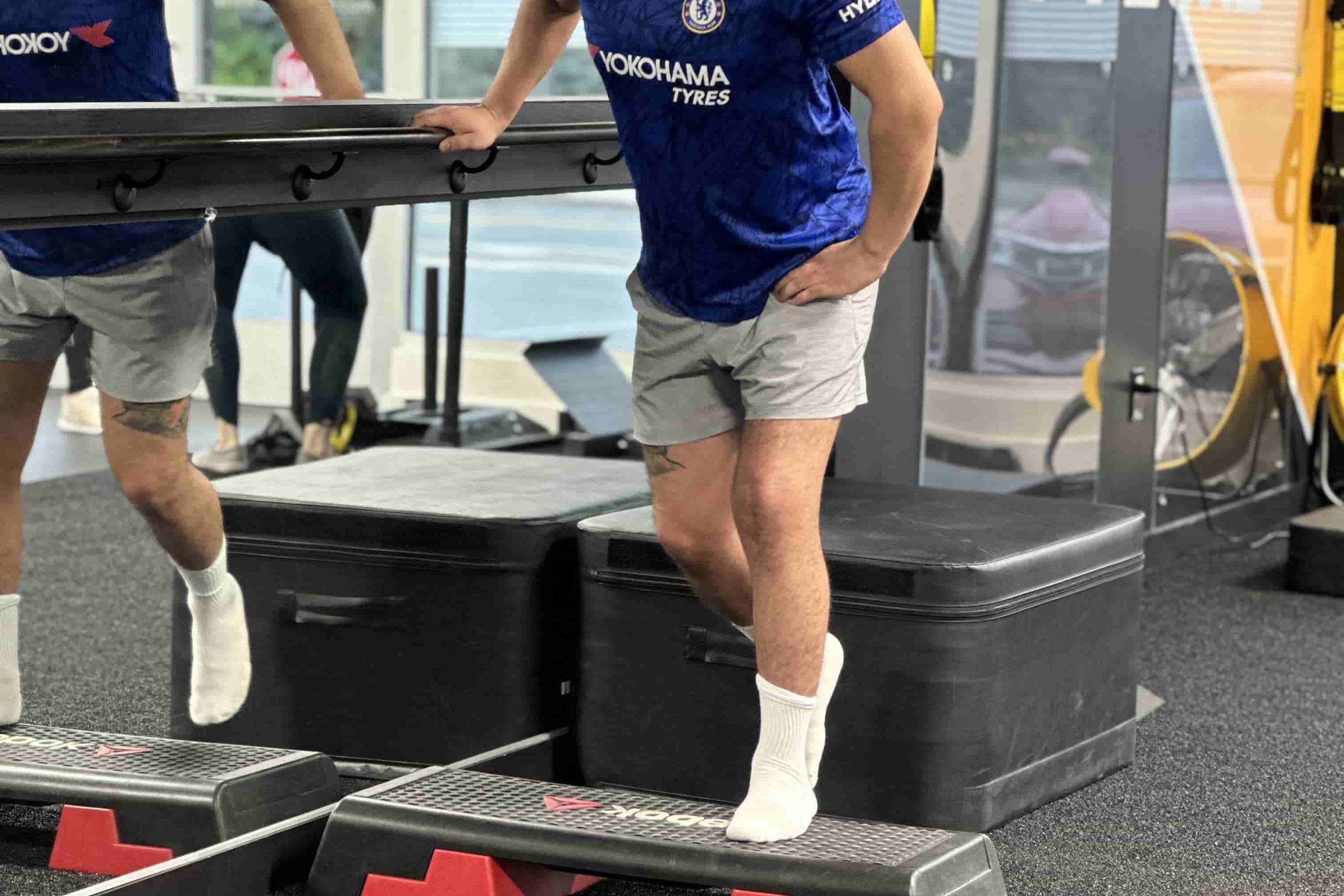
Gait Training is a specialized approach that enhances walking mechanics, improves lower-limb strength, and reduces re-injury risks, ultimately promoting more efficient movement.
-
Graston Technique
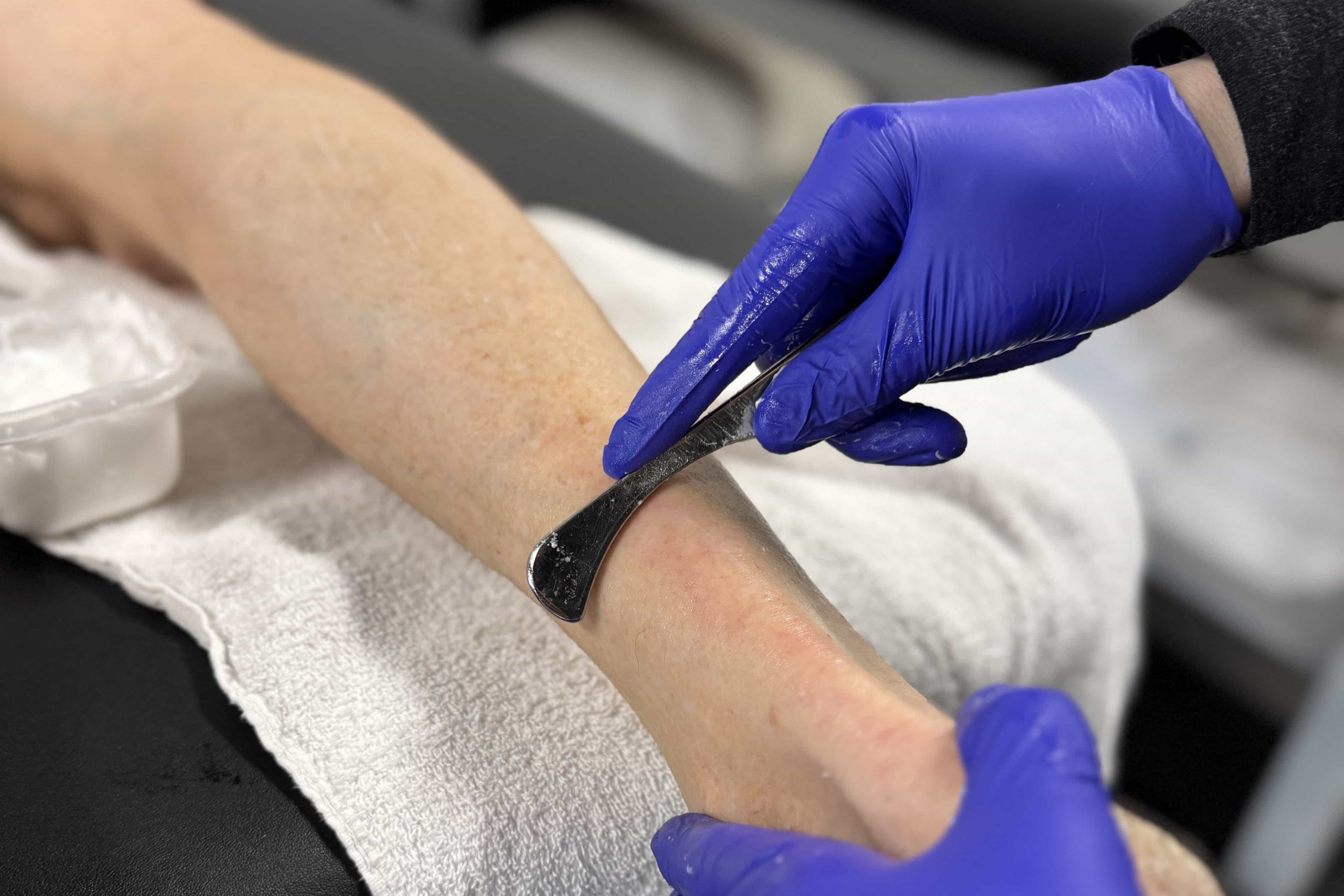
Graston Technique is a specialized manual therapy that uses stainless steel instruments to break down scar tissue, improve mobility, and accelerate healing.
-
Kinesiotaping
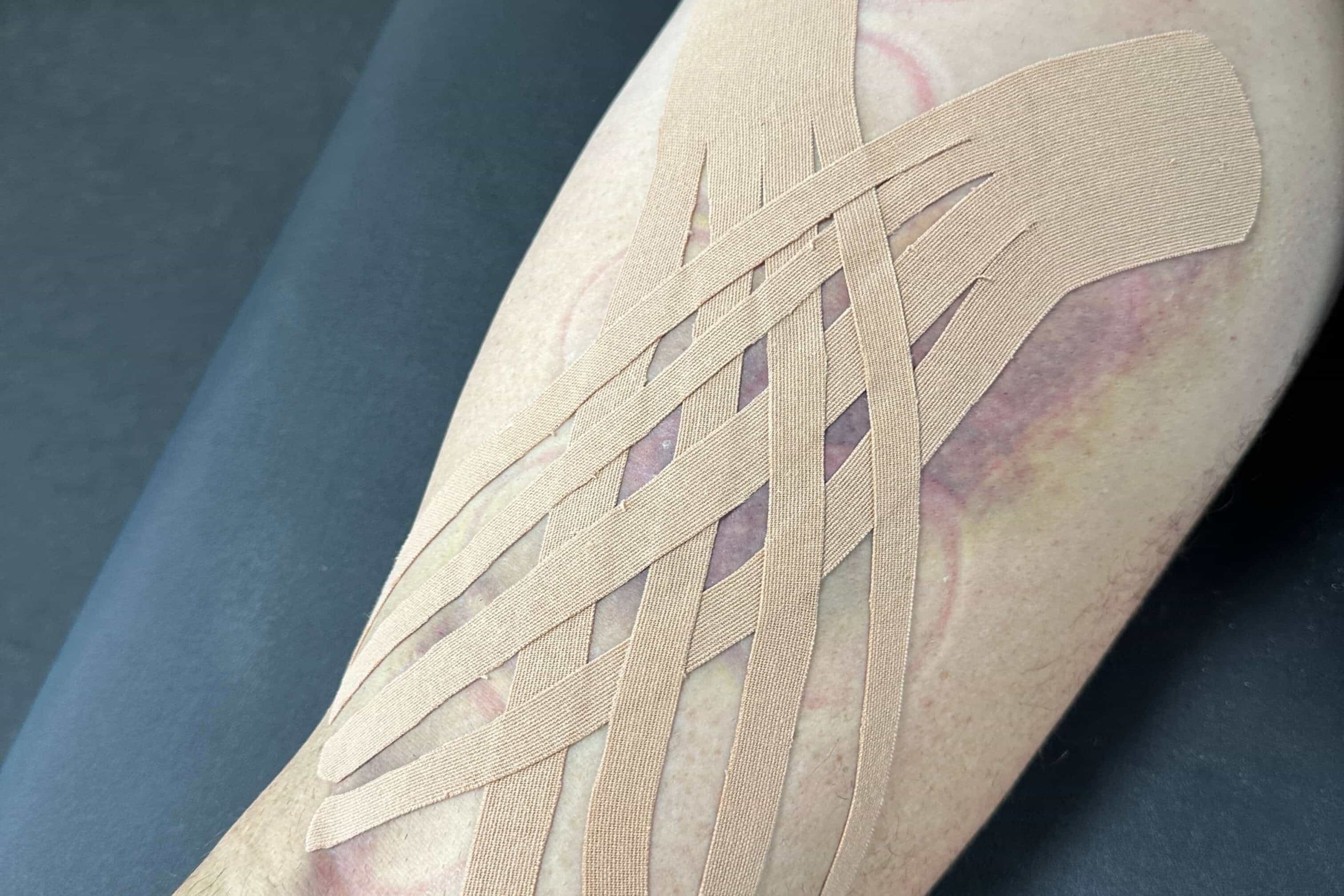
Kinesiotaping is a flexible taping method that provides gentle support, improves circulation, and helps maintain natural movement for a more comfortable and effective recovery.
-
Manual Traction
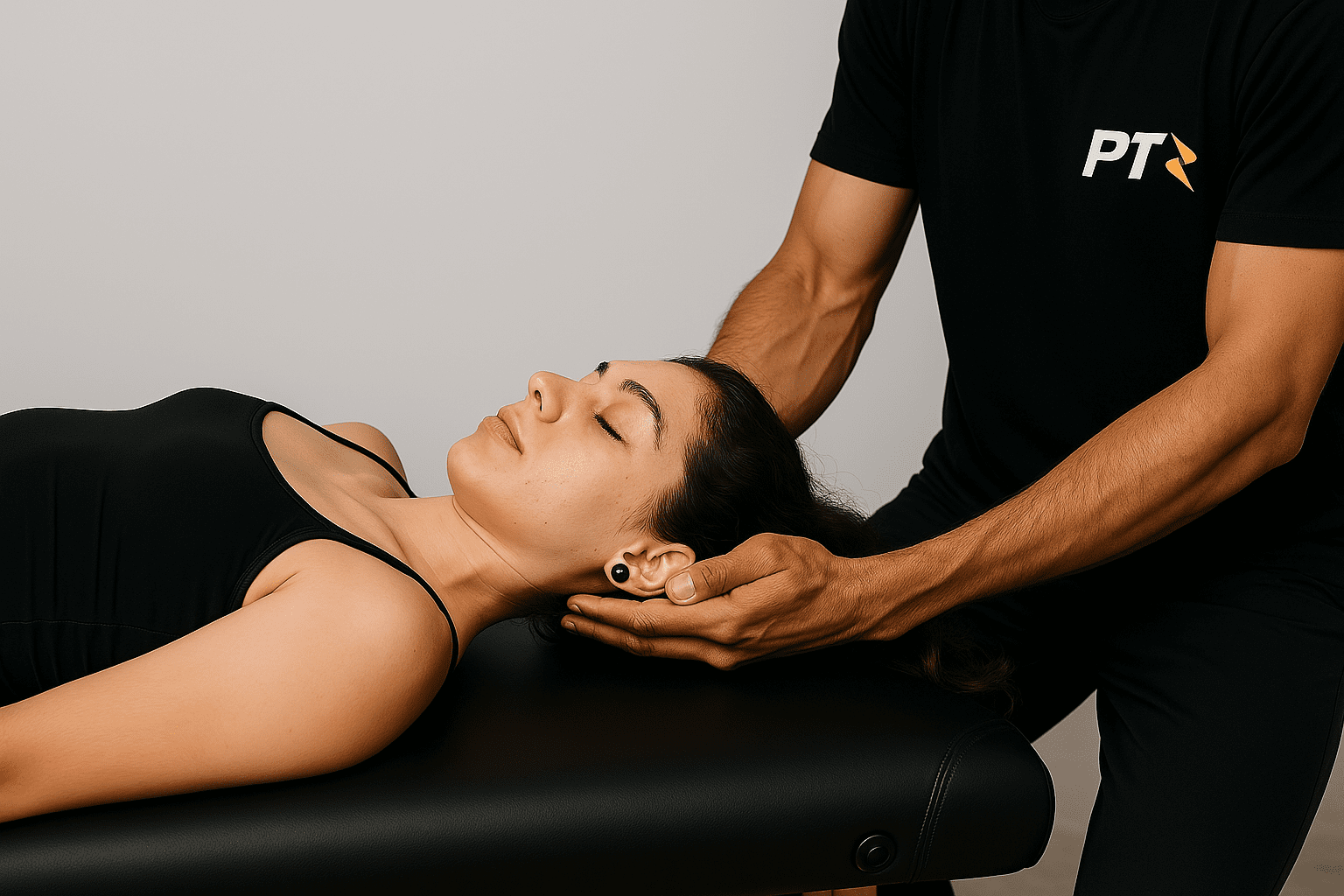
Manual Traction is a gentle, hands-on method used to decompress the spine, relieve pressure on discs and nerves, and improve overall comfort and mobility.
-
Post-Surgical Rehab

Post-Surgical Rehab is a structured recovery process designed to restore mobility, manage pain, and rebuild strength after surgery, ensuring a safer and faster return to your everyday activities or sports.
-
Physical Therapy for Weightlifters & CrossFit
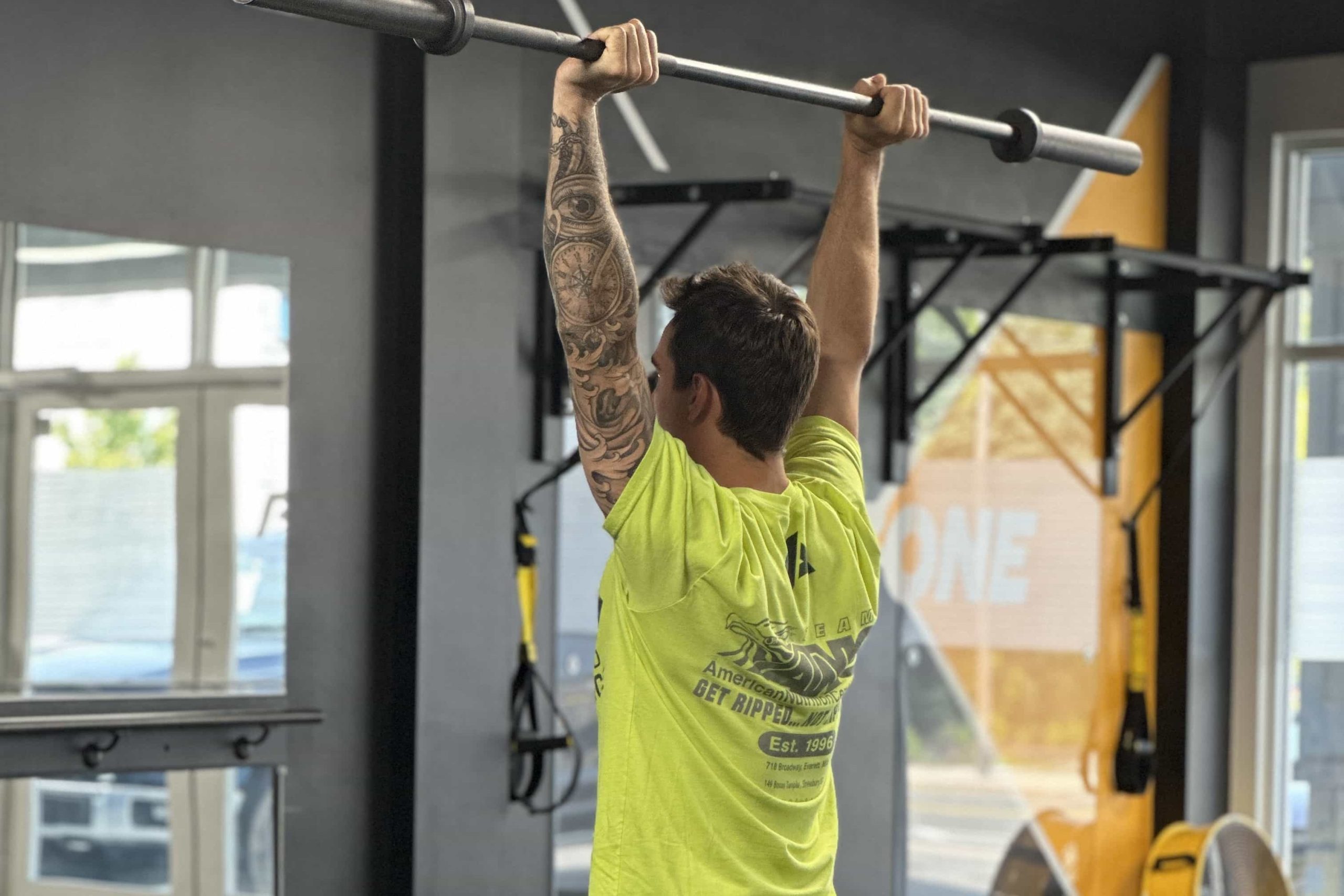
Physical Therapy for Weightlifters & CrossFit focuses on proper lifting mechanics, correcting muscle imbalances, and managing stress on joints to prevent pain, accelerate recovery, and enhance overall strength gains.
-
Physical Therapy For Runners

Physical Therapy for Runners focuses on refining running form, addressing muscle imbalances, and enhancing lower-limb stability to prevent injuries and boost performance.
-
Neuromuscular Massage Therapy

Neuromuscular Massage Therapy (NMT) precisely targets trigger points in muscles and connective tissues, relieving tension, restoring proper function, and promoting long-term pain relief.

At The PT Zone, we’re here to help you overcome repetitive stress injuries and get back to comfortable, efficient movement.
Our targeted approach addresses the root causes of RSIs, restoring tendon health and teaching you more ergonomic ways to work. Let us guide you through recovery, so you can get back to living and working without constant discomfort.
Common Questions from Repetitive Stress Injury Clients
1. How do I know if my pain is from a repetitive stress injury?
RSI pain usually starts gradually, often with mild aches or stiffness after performing a specific task for extended periods. Over time, the discomfort can worsen and linger even when you’re not engaged in the repetitive activity. Numbness, tingling, and reduced grip strength are also common warning signs. If you notice that resting temporarily relieves your symptoms, only for them to flare again with repeated motion, it’s a strong indicator you may have an RSI. A professional assessment can confirm the diagnosis and help pinpoint any underlying factors.
2. Can I continue working while I’m recovering from an RSI?
Often, yes—total avoidance of the movement may not be necessary or even ideal. We typically recommend modifying your tasks to reduce strain, such as adjusting ergonomic setups or rotating job responsibilities. Frequent breaks, gentle stretches, and using supportive equipment can also help you stay productive without aggravating the injury. By balancing rest with carefully managed activity, you allow tissues to heal while maintaining some level of function. We’ll guide you in making these adjustments for optimal recovery.
3. Will physical therapy completely eliminate my repetitive stress injury symptoms?
Many RSIs respond very well to targeted interventions—like eccentric strengthening, tissue mobilization, and ergonomic adjustments. Physical therapy aims to reduce inflammation, address muscle imbalances, and reinforce healthier movement patterns to prevent recurrence. However, long-term relief also depends on adopting lasting changes in how you perform repetitive tasks. By combining our specialized exercises with these practical modifications, you can often see a substantial reduction or complete resolution of your RSI symptoms.
4. Why do you emphasize “lowering bias” in strength training for RSIs?
Eccentric exercises—focusing on the lowering phase—are particularly effective at strengthening tendons and encouraging proper healing without overloading irritated tissues. Research shows that controlled eccentric movements help break down adhesions and stimulate collagen remodeling, which can reduce pain and improve function. By gradually increasing load tolerance, you gain tendon resiliency that translates into better performance of repetitive tasks. Balancing this “lowering bias” with adequate rest periods allows tissues to adapt safely, preventing reinjury.
5. Do treatments like dry needling or kinesiotaping really help?
For many people, yes—dry needling can help release tight spots (trigger points) in overworked muscles, improving blood flow and reducing pain. Kinesiotaping supports the affected area without restricting your range of motion, often helping to reduce inflammation and stabilize the muscle-tendon unit. These modalities are most effective when combined with exercise therapy and ergonomic adjustments. They’re not cure-alls, but they can offer significant relief and faster healing when used properly.
6. How long does it take to recover from a repetitive stress injury?
Recovery times vary widely depending on the duration and severity of the RSI, as well as your consistency with therapy and ergonomic changes. Mild cases might see improvements in a few weeks, while longstanding injuries can take several months of diligent rehab. During this period, we’ll track your progress and adjust your plan to ensure steady gains in tendon resilience and muscle strength. Patience is key—persisting with exercises and functional modifications generally yields the best long-term outcomes.
7. What steps can I take to prevent RSI from coming back after treatment?
Maintaining good ergonomics—like proper desk setup and posture—goes a long way. Regular stretching and short, frequent breaks can also reduce tissue fatigue. If you perform repetitive tasks for work or hobbies, rotate activities or positions to limit strain on any one muscle group. Additionally, continuing with the strengthening and mobility exercises you learned in therapy reinforces your tendons and helps them handle daily demands. By following these guidelines, you’re far less likely to face recurring RSI pain.















